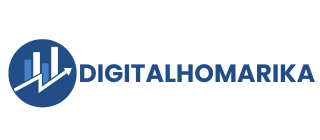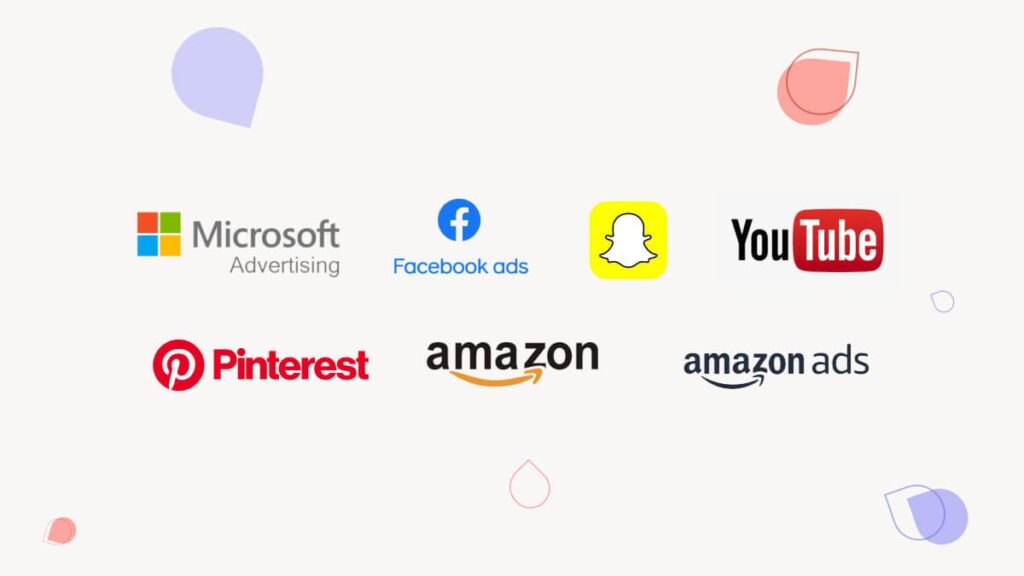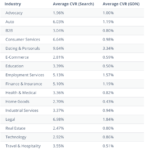The best platforms for PPC advertising are Google Ads and Facebook Ads. These platforms offer extensive reach and targeting options for marketers.
Pay-per-click (PPC) advertising has transformed the digital marketing landscape, allowing businesses to reach their target audience effectively. With a small investment, companies can gain significant visibility on popular platforms. Google Ads dominates the market, providing access to a vast user base through search engine results.
Facebook Ads excels in demographic targeting, enabling brands to connect with specific user interests. Understanding the strengths of these platforms is crucial for maximizing your advertising budget. By selecting the right platform, businesses can drive traffic, increase conversions, and enhance brand awareness. Explore these options to find the best fit for your marketing strategy.
Introduction To Ppc Advertising
PPC advertising has become very popular in recent years. Many businesses use it to gain quick visibility. Advertisers pay for each click on their ads. This model helps control budgets and maximize returns.
The rise of Pay-Per-Click comes from its effectiveness. Companies can reach their target audience easily. With platforms like Google Ads, businesses can create tailored ads. This leads to better engagement and higher sales.
| Key Metrics | Description |
|---|---|
| Click-Through Rate (CTR) | Percentage of people who click on the ad. |
| Cost Per Click (CPC) | Amount paid for each click on the ad. |
| Conversion Rate | Percentage of clicks that lead to a sale. |
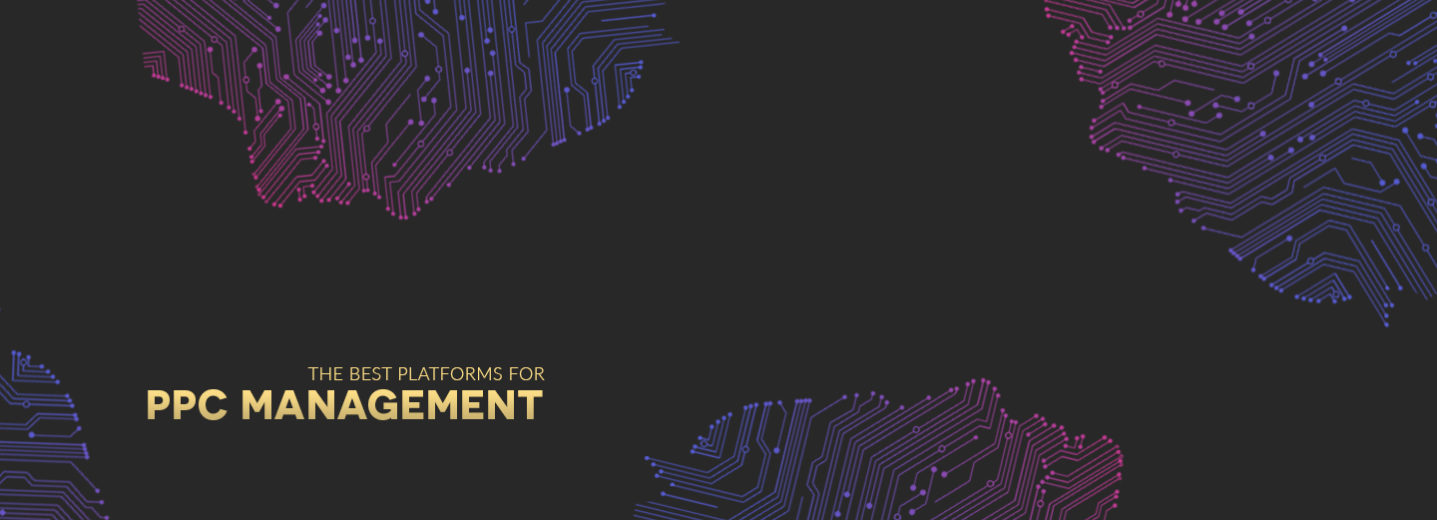
Credit: www.ppchero.com
Google Ads: The Search Engine Giant
Google Ads holds a significant place in the PPC advertising world. Its reach is vast, covering millions of users daily.
This platform offers several features that attract advertisers. Targeting options are highly customizable. Advertisers can choose keywords, locations, and demographics.
Another key advantage is the pay-per-click model. Businesses only pay when users click their ads. This makes budget management easier.
Google Ads also provides detailed analytics. Advertisers can track performance and optimize campaigns effectively.
With a large audience, Google Ads can increase brand visibility. This platform is ideal for businesses of all sizes.
Facebook Ads: Social Media’s Powerhouse
Facebook Ads is a powerful tool for advertising. It connects businesses with billions of users. Targeting options are precise, helping brands reach the right audience. Demographics, interests, and behaviors can be selected easily. This means ads can appear to users who are most likely to engage.
Creative opportunities on Facebook are endless. Businesses can use images, videos, and slideshows to showcase products. Eye-catching visuals attract more clicks and shares. A/B testing helps find the best ad format. This leads to better performance and higher returns.
Amazon Advertising: E-commerce’s Big Player
Amazon Advertising is a key player in the e-commerce world. It helps sellers reach more customers. With its powerful tools, businesses can enhance their product visibility.
PPC stands for Pay-Per-Click. It allows advertisers to pay only when a shopper clicks their ad. This method targets shoppers who are already interested in products. Using this approach boosts sales and brand awareness.
Leveraging shopper intent is crucial. Ads appear based on what shoppers search for. This ensures that the right products reach the right audience. Sellers can create ads that match specific keywords. This strategy improves click rates and conversions.
Microsoft Advertising: The Underestimated Challenger
Microsoft Advertising offers a unique platform for PPC advertising. It often gets overlooked compared to Google Ads. Yet, it holds significant potential for businesses.
Bing’s unique audience includes millions of users who prefer its search engine. This audience can be valuable for targeted campaigns. Businesses can reach customers who may not use other platforms.
Integration with LinkedIn allows advertisers to connect with professionals. This feature is beneficial for B2B marketing. It helps brands engage with decision-makers in various industries.
With Microsoft Advertising, PPC campaigns can tap into a different market. Focusing on Bing can enhance visibility and reach. This platform provides unique opportunities for growth.
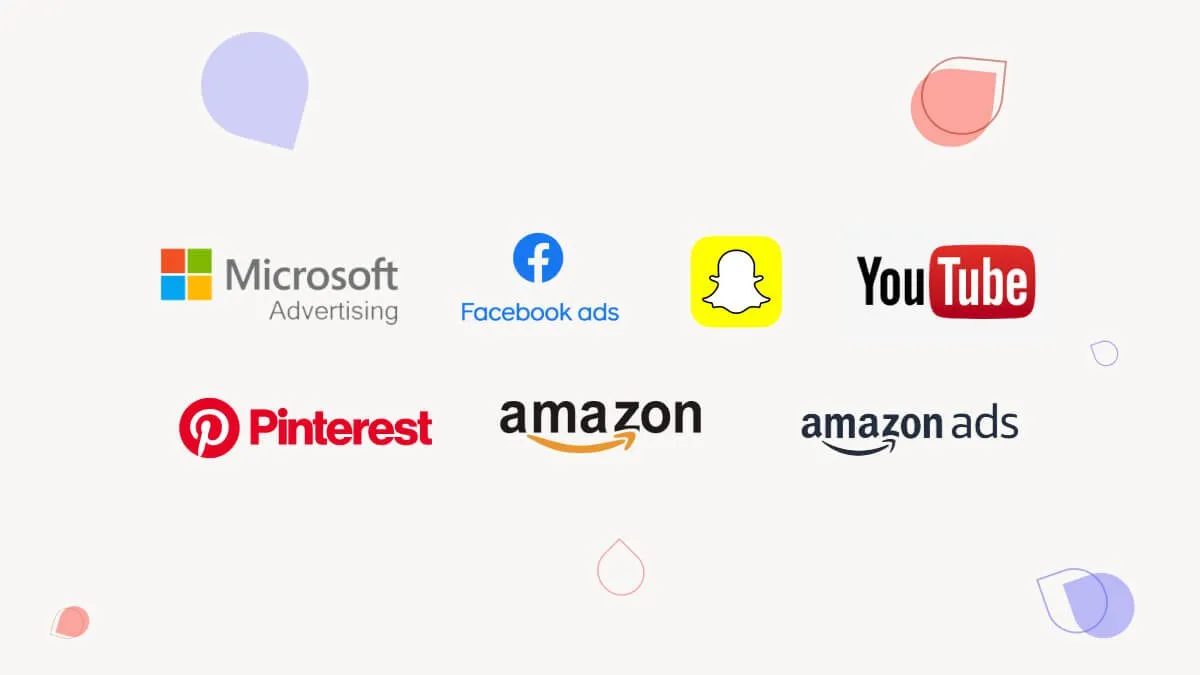
Credit: www.mayple.com
Linkedin Ads: For Professional Targeting
LinkedIn Ads offer a unique platform for targeting professionals. This platform is ideal for B2B marketing. Businesses can reach decision-makers and industry leaders effectively.
High-value leads are crucial for success. LinkedIn allows precise audience targeting. Marketers can filter by job title, industry, and location.
Engaging content can attract more clicks. Ads should focus on solving problems. Strong visuals and clear calls to action are important.
Testing different ad formats helps find what works best. Sponsored content and InMail are popular options. Keep track of results to improve future campaigns.
Instagram Ads: Visual Engagement
Instagram Ads offer a unique way to connect with users. These ads provide strong visual engagement, attracting attention quickly. They are perfect for brands targeting the mobile generation.
Many people use Instagram on their phones. This platform helps businesses reach younger audiences effectively. Ads can be in the form of photos, videos, or stories. Each format allows for creativity and brand storytelling.
Influencer collaborations amplify ad reach. Influencers have loyal followers who trust their opinions. Partnering with influencers can boost brand visibility and engagement. A single post from an influencer can lead to significant traffic and conversions.
Brands should choose influencers that align with their message. Authenticity is key to successful campaigns. Engaging content and genuine partnerships create lasting impressions.
Twitter Ads: Real-time Marketing
Twitter Ads offer unique opportunities for real-time marketing. They help brands connect with audiences instantly. Hashtag campaigns boost engagement and visibility. Users can join conversations easily using specific hashtags.
Trend Takeovers allow advertisers to dominate the Twitter feed. These ads appear at the top of trending topics. This ensures maximum exposure and reach. Brands can create buzz around their products quickly.
Utilizing these features effectively can enhance brand recognition. Engaging content drives interactions and shares. Twitter Ads are a powerful tool for immediate impact.
Choosing The Right Ppc Platform
Choosing the right PPC platform depends on your audience and goals. Think about who you want to reach. Different platforms attract different users. For example, Google Ads is great for search intent. Facebook Ads works well for social engagement. Define your objectives clearly. Is it to increase sales or build brand awareness?
Budget considerations play a big role in your choice. Know how much you can spend. Some platforms charge based on clicks, while others charge per impression. Track your spending closely. Make sure to measure your return on investment (ROI). This helps you adjust your strategy effectively.
Maximizing Roi With Ppc Campaigns
Conversion tracking helps measure how well your PPC ads perform. Set up tracking to see which ads drive sales. Use tools like Google Analytics to gather data. This data shows what works and what needs change.
A/B testing strategies allow you to compare two versions of your ads. Test different headlines, images, or call-to-action buttons. Analyze results to find the best-performing option. This method increases your chances of getting more clicks.
| Strategy | Description |
|---|---|
| Conversion Tracking | Measures success of ads in generating leads or sales. |
| A/B Testing | Compares different ad versions to optimize performance. |
Emerging Platforms And Future Trends
Programmatic Advertising uses software to buy digital ads. It automates the buying process. This method makes ads more targeted and efficient. Advertisers can reach specific audiences quickly.
The Role of AI in PPC is growing. AI helps analyze data and optimize campaigns. It predicts user behavior and improves ad performance. This leads to better return on investment. Businesses can save time and money with AI tools.
| Benefits of AI in PPC | Impact on Advertising |
|---|---|
| Increased Efficiency | Quicker decision-making |
| Better Targeting | Higher conversion rates |
| Cost Savings | Improved ROI |
Conclusion: The Ppc Landscape
Pay-per-click (PPC) advertising is a powerful tool for businesses. It offers quick visibility and targeted traffic. Many platforms are available, each with unique features.
Key takeaways include understanding your audience and setting clear goals. Google Ads remains a top choice due to its extensive reach. Facebook Ads provide excellent targeting options based on user interests.
LinkedIn Ads are ideal for B2B marketing. They allow businesses to connect with professionals. Experimenting with different platforms can help find the best fit for your needs.
Future outlook shows growth in mobile PPC advertising. Voice search and AI tools will also play a bigger role. Staying updated with trends is crucial for success.
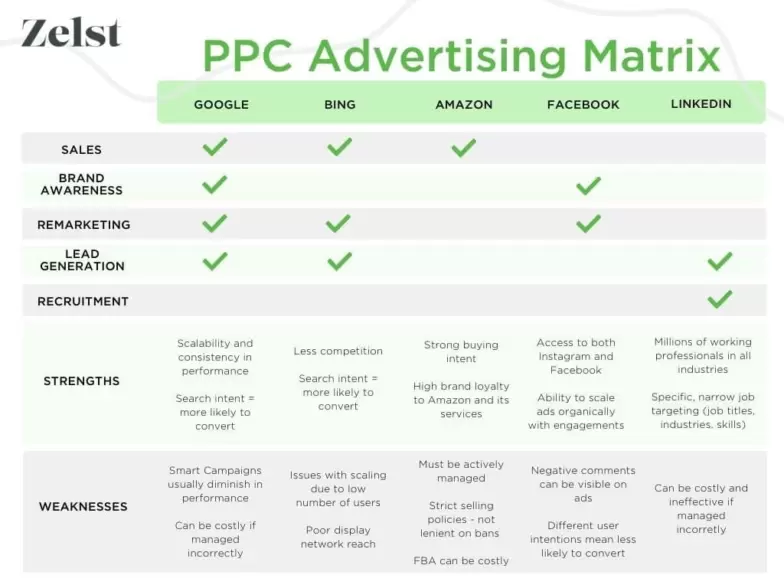
Credit: www.zelst.co.uk
Frequently Asked Questions
What Are The Top Ppc Advertising Platforms?
The top PPC advertising platforms include Google Ads, Bing Ads, and Facebook Ads. Each platform offers unique features and targeting options. Google Ads is known for its extensive reach. Facebook Ads excels in demographic targeting. Choose a platform based on your target audience and campaign goals.
How Do I Choose A Ppc Platform?
To choose a PPC platform, consider your target audience, budget, and goals. Research each platform’s capabilities and strengths. Google Ads is great for broad reach, while Facebook Ads offers precise targeting. Test different platforms to find which one delivers the best results for your specific needs.
What Is The Cost Of Ppc Advertising?
The cost of PPC advertising varies by platform and industry. Factors like keyword competitiveness and audience targeting impact costs. Typically, businesses pay anywhere from a few cents to several dollars per click. Establish a budget and monitor your campaigns for cost-effective strategies that yield results.
How Does Ppc Advertising Work?
PPC advertising works by charging advertisers for each click on their ads. Advertisers bid on keywords relevant to their business. When users search those keywords, ads may appear. If clicked, the advertiser pays the agreed bid amount. Effective targeting and ad quality can improve visibility and click-through rates.
Conclusion
Choosing the right platform for PPC advertising can significantly boost your marketing efforts. Each platform offers unique features tailored to different audiences. Consider your specific goals and budget when making a decision. With the right strategy, you can maximize your return on investment and reach your target customers effectively.
